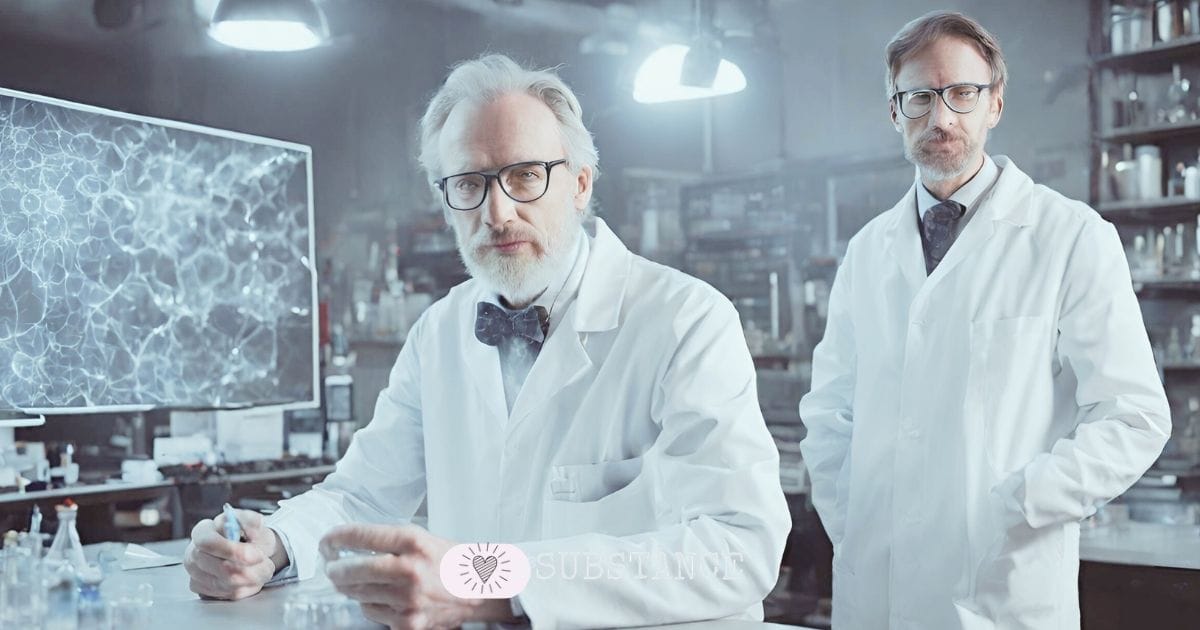Synchronicity is not inconsequential. From chance discoveries to hidden patterns, you’ll find synchronicity appearing in major global breakthroughs.

…most scientific discoveries and inventions are made independently and more or less simultaneously by multiple scientists and inventors.
Lobowitz et al
I wrote this article to show how synchronicity seemingly accelerates the pace of discovery.
As well… the following examples of multiple discoveries accentuate the interconnectedness of human thought.
These examples are testament to the collective curiosity and ingenuity of humans, demonstrating that progress knows no boundaries and that innovation can arise from myriad sources.
This expands on examples of synchronicity in everyday people’s lives and the scientific theories around meaningful coincidences.
Discovery of oxygen
Independent discovery of oxygen during the 18th century:
- Carl Wilhelm Scheele, in Sweden in 1772
- Joseph Priestly, England in 1774
- Antoine Lavoisler, France in 1775
Blast furnace
Discovered separately in:
- China
- Europe
- Africa
Crossbow
The old saying, necessity is the mother of invention – it likely drove the invention of the crossbow autonomously in different countries of the world.
Formulated individually in:
- China
- Greece
- Africa
- Northern Canada
- Baltic countries
Magnetism
Established apart in:
- Greece
- China
- India
Calculus
Derived individually by:
- Isaac Newton, English
- Gottfried Wilhelm Leibniz, German
Elements of calculus had emerged independently and at different times across the globe, from ancient Greece, China, Middle East, to medieval Europe and India.
In the late 17th century, Isaac Newton and Gottfried Wilhelm Leibniz independently developed what’s called the infinitesimal calculus. They had never met.
The two came from different perspectives: Newton from physics and geometry, Leibniz from a metaphysical angle.
Invention of the telephone
Created autonomously by:
- Alexander Graham Bell, Boston
- Elisha Gray, Illinois
Alexander Graham Bell and Elisha Gray separately filed patent applications for telephones with the Washington patent office on February 14, 1876.
Gray’s patent actually arrived a few hours before Bell’s, but Bell application fee preceded Gray’s. Apparently Bell knew nothing about Gray’s submission. Bell was in Boston, Gray in Illinois.
There is some controversy whether the ideas were entirely independent with suggestions Gray knew of Bell’s experiments.
Mechanism of natural selection
Originated distinctively by:
- Charles Darwin
- Alfred Russel Wallace
The two geniuses here are Charles Darwin and Alfred Russel Wallace, who simultaneously concluded about traits that help an animal survive the elements or breed more successfully are selected for in future generations.
Despite working in different geographic locations, Darwin in Kent England and Wallace journeying in Southeast Asia, they arrived at similar conclusions regarding the mechanism of evolution, highlighting the universal nature of scientific principles.
However Darwin went on to write the Origin of the Species and is credited with the theory of Natural Selection.



